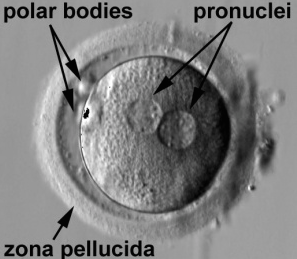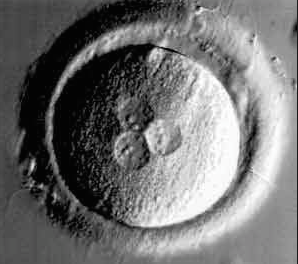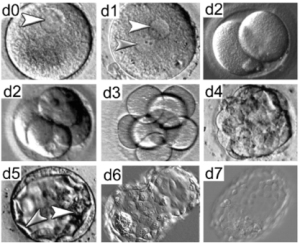Embryologists play a crucial role in the success of in vitro fertilization (IVF) by selecting the best embryos for transfer. The process involves evaluating various factors to ensure that the embryo has the highest potential for implantation and a successful pregnancy.
Here are some of the key factors embryologists consider when selecting embryos:
1. Embryo Development and Morphology
Embryologists closely monitor the embryo’s development, particularly during the first few days after fertilization. The embryo’s morphology (shape and structure) is assessed at different stages, typically on Day 3 (cleavage stage) and Day 5 (blastocyst stage). Embryos that develop in a timely and consistent manner, with even cell division and no signs of fragmentation, are often considered the best candidates.
2. Blastocyst Quality
Embryos that reach the blastocyst stage, typically on Day 5 or 6, are examined for quality. High-quality blastocysts typically have a well-defined inner cell mass (the part that will develop into the baby) and a distinct trophoblast layer (which forms the placenta). Embryos that reach this stage and show these characteristics are usually selected for transfer.
3. Genetic Testing
In some cases, embryologists may perform preimplantation genetic testing (PGT) to screen embryos for chromosomal abnormalities or specific genetic conditions. This helps identify embryos with the best chances of leading to a healthy pregnancy and reduces the risk of miscarriage or genetic disorders.
4. Embryo Grading
Embryos are graded based on their appearance and development. Grading systems may vary by clinic, but typically include assessments of cell number, shape, and fragmentation. A high-quality embryo usually has fewer fragmented cells, and its cells are uniform in size. Embryologists grade embryos using a numerical or letter system, with higher grades indicating better quality.
5. Embryo Freezing and Storage
If there are multiple viable embryos, some may be frozen for future use. Embryos that are well-formed and have a good chance of survival during the freezing and thawing process are the most likely candidates for storage.
6. Embryo Compatibility with Uterine Environment
While embryologists focus on selecting the most viable embryos based on their characteristics, they also consider the uterine environment. The success of embryo implantation depends on various factors, including the receptivity of the uterus, which is typically evaluated through the patient’s response to hormonal treatment during the IVF cycle.
In conclusion, selecting the best embryos involves a combination of careful monitoring, embryo grading, genetic testing, and considerations of the uterine environment. By choosing the embryos with the highest chance of success, embryologists help increase the likelihood of a healthy pregnancy and a successful IVF outcome.
Normal fertilization:

And this is an example of an abnormal fertilization:

Evolution of the eggs after retrieval:

How to Grade Embryos?
Embryos are graded based on their division and behavior from Day 0 (the day of egg retrieval) until Day 3-5. Other factors, such as sperm quality, the patient’s response to hormones, medical history, endometrial lining, and maternal age, are also taken into account during the grading process.
As a fertility patient, it’s important to establish a trusting relationship with your scientific team. They will be responsible for monitoring and handling your embryos and will provide you with updates on your embryos’ progress. In some cases, communication will be through your physician, while in others, you may be able to speak directly with the scientific team.
These tiny, microscopic beings, capable of division and development, give us hope and are changing the way medicine approaches reproductive health. They serve as a clear example of how life can manifest and open doors to new possibilities. From these small cells, a full-grown human being can eventually form.
While medicine has made significant strides in understanding fetal development inside the womb, there is still much to learn about the origins of life, from the very beginning.